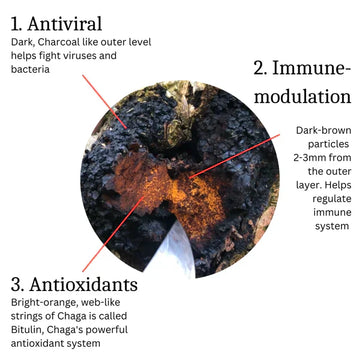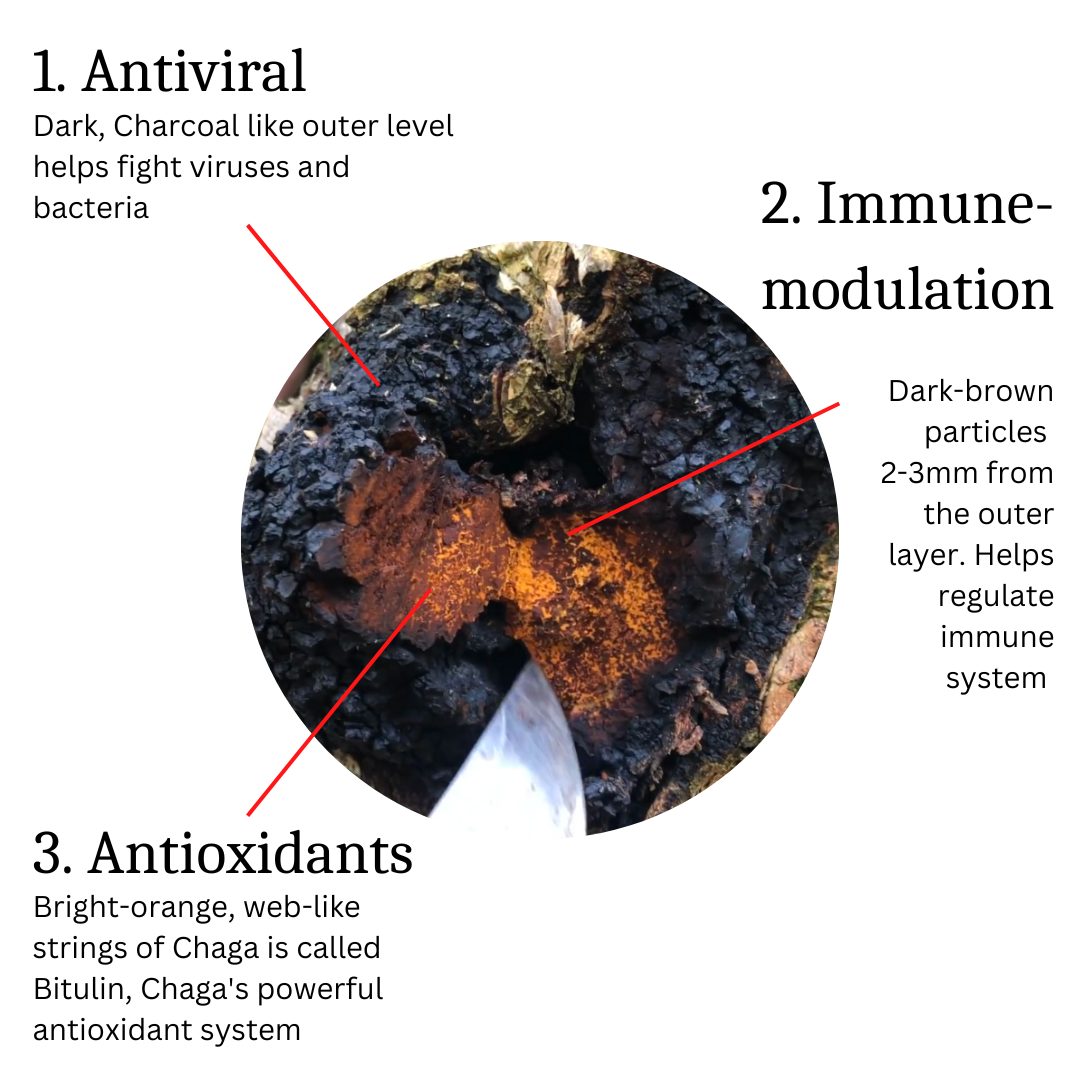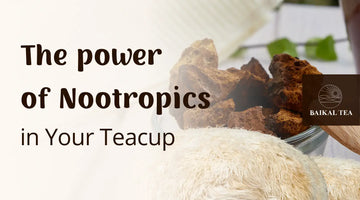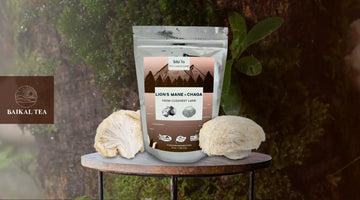The Chaga mushroom has made its way into everything from coffee to skincare products, but what is it exactly?
You may not even be able to recognize these powerful fungi in the wild, because they don't even look like mushrooms at all.
The exterior of the Chaga looks like burnt charcoal, but inside it is a rusty yellow color.
Chaga grows out of birch trees in the Northern Hemisphere Europe, Canada, the U.S, Korea, and Russia. and prefers cold climates. The colder the better.
It is difficult to identify the Chaga itself. People often mistake the mushroom for knots and burnt patches on the tree.

What are the Benefits of Chaga Mushroom?
Chaga mushroom can have a whole host of health benefits. The early studies on the mushroom have really been encouraging.
Here are a few listed below:
-
DNA damage protection:
One positive health benefit that you can get from Chaga is the protection of your cells from stress.
In one study, cells were treated with Chaga mushroom extract and then exposed to H202 to induce oxidative stress.
The cells that were treated with the Chaga mushroom extract showed far less sign of damage than those that were not treated. (5)
-
Blood Pressure and Cholesterol:
In some studies, researchers isolated the betulinic acid found in Chaga mushroom and found that it was able to break down LDL cholesterol (bad cholesterol) in the bloodstream. (3)
-
Antioxidant and Antimicrobial:
In a study done at the University of Belgrade, researchers found that the presence of AQS activity in these medicinal mushrooms suggests a “broader anti-infectious disease protection” (4)
-
Restoration and Regeneration:
Chaga has been found to support the integrity of blood vessels, which can bring about a soothing effect on those suffering from irritation.
It can also be helpful for people suffering from pain, neuropathy and even diabetes. (2)
-
Immune system support:
The Beta-glucans found in Chaga can help boost the immune system when necessary (for fighting off illness) and slow the immune system down when necessary (to avoid inflammation).
Chaga is what is known as a Biological Response Modifier (BRM).
Although more research is needed to prove the efficacy of Chaga mushroom on serious conditions such as cancer, research has indicated it does work in combination with cancer treatment, helping combat some of the negative side effects of cancer treatment like chemotherapy. (1)
Ingredients in Chaga
Polysaccharides: a polysaccharide is a large molecule made of many smaller monosaccharides or simple sugars (example: glucose). The Chaga mushroom contains some structural polysaccharides within its chitin walls, which provide energy, cardiovascular health, and liver health. They can also have positive effects on blood sugar levels and mood.
-
Beta-Glucans:
As we mentioned before, these components have been known to modulate the immune system.
If your immune system is too active, it can lead to inflammation and if it is not active enough it can lead to sickness.
Many people turn to mushrooms to regulate and moderate the immune system. These beta-glucans could be the key to success for a strong immune system that’s not overactive.
-
Betulin and Betulinic Acid:
These are the agents inside the Chaga mushroom that have been researched for their purported effects on cholesterol. (7)
-
SODs:
SOD is a group of enzymes called Super Oxide Dismutase.
These enzymes are very helpful to the body because they help protect the body against uncontrolled oxidation and free radicals. These free radicals can damage the body over time and lead to aging.
-
Antioxidants:
Chaga contains high levels of the natural black pigment called “melanin” Melanin has extremely high levels of antioxidants due to its polyphenol content.
-
Phytosterols:
Of the phytosterols present in Chaga, 45% is Lanosterol, 25% is Inotodiols and the remaining 30% is a combination of Ergosterol, Fecosterol, and several others. These have been tested in vivo and in vitro, and have shown a direct effect on cancer cells. Lanosterol imparts a positive effect on viral compounds. (9)
Highest ORAC Score
Chaga is known to have the highest ORAC score of any of the superfoods. The ORAC score is a measure of the antioxidants contained in any given food. (8)

How to use Chaga?
Now that you know all about Chaga, let’s get into the fun part – using it!
Chaga may be a powerhouse of nutrients, but those nutrients are locked away inside a wall of chitin.
Chitin is a very hard material that is used to protect the Chaga mushroom from the elements.
The best way to penetrate this natural barrier is to use heat.
Mushroom coffees and mushroom teas have become pretty popular for this reason. When you put the teabag into hot water for a few minutes, you are actually breaking down the chitin walls of the Chaga and extracting all of the health benefits.
If you would like to try this at home, our Chaga mushroom tea set up perfectly for this. All you have to do is just put the tea bag or loose chaga in your mug, add some hot water and then after 5-8 minutes, you will have a delicious and nutrition cup of Chaga tea!






